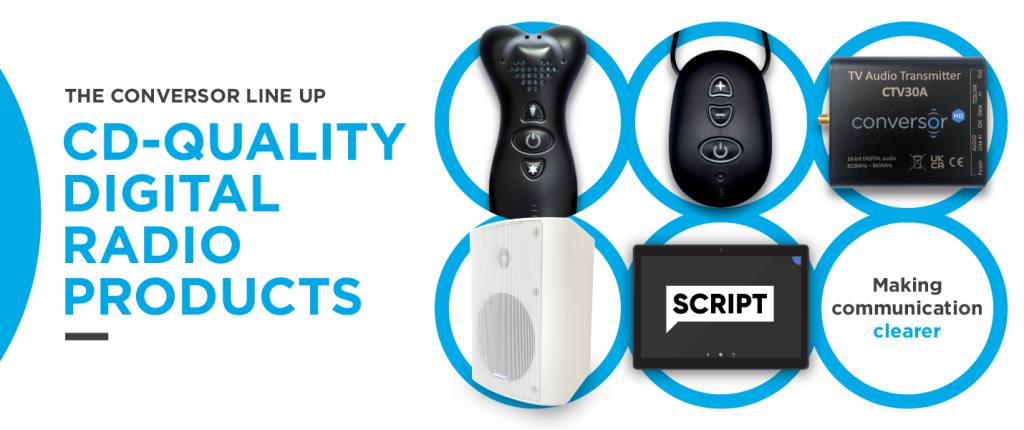news
SEN Magazine 1123
“I can’t follow the conversation. I feel isolated.”
“I do make the effort, but it’s really hard work, and after a while I stop trying. The noise goes on all around me. I try to fit in by smiling and pretending that I’m a part of it. I lip-read a bit and guess what’s being said. It’s humiliating and I expect they joke about me when I misread what’s being said.”

You might think that in this day and age, with help from modern digital hearing instruments, that hearing impaired people wouldn’t still be experiencing this. The fundamental problem has shifted slightly. Today’s problem isn’t that we can’t hear anything, but now the wanted speech is lost in a sea of other amplified sounds.
In the Summer of 1981 a young engineer married his sweetheart. A traditional Church service with scripture readings and a witty sermon was followed by a beautiful reception. The speeches were heartwarming and hilarious, apparently…
With the honeymoon was soon over, and the complaints began. First his parents, then hers. All four had missed out on much of the service and the wedding speeches because they just couldn’t hear clearly. The beautiful buildings, Church and reception venue, had terrible acoustics and the amplifiers just seemed to make a loud echo.
So our young browbeaten engineer set about inventing the first Conversor; a remote microphone for loop-equipped hearing aids.
Picture of the first conversor

Whether we have good or bad hearing, there’s nothing quite so effective as sitting at the front. We raise the speech above the unwanted sounds by putting ourselves closer to it.
Dynamic range:
The human ear is a truly amazing microphone. From the quietest sound (threshold) to the loudest sound, most of us hear clearly over a range of 120 – 130dB. When we suffer a hearing loss, it’s the quiet end of this range that disappears, especially at the higher frequencies where the range was already less. Typically we lose the first 60dB or so, so the window of useful hearing reduces to only 60 – 70dB. For many this window is much narrower.
Compression:
No matter how accurately prescription aids compensate for the hearing loss in each frequency range, they have to compress all the sounds so that quiet and loud sounds fit into the shrinking window between the threshold of hearing and the perception limit. This means that quieter sounds arrive almost as loud as the loudest sounds. This is very fatiguing to listen-to all day. It is more difficult to differentiate between the wanted speech and the other noises. More recent digital hearing instruments go some way to identify and exclude background noise, but at the expense of complexity, multiple program settings and significant cost! Common sense says that the answer is to move close to the person talking, or to use a remote microphone placed near the person who is talking.
Many hearing aid manufacturers now offer their own remote microphones, exclusively paired with their hearing aids. Some offer TV listeners. Most require a smartphone to control them, and they all have to be “paired” which can be confusing.
Picture of new product family

40 years on, Conversor is still leading the way, with a new digital radio, providing a clear simple remote microphone compatible with all brands of loop-equipped hearing aids. By using the telecoil loop system, Conversor is by far the simplest to use. Conversor’s new digital radio brings with it a family of complimentary products for the TV, school, presentation and live captioning.
Please visit www.conversorproducts.com for more information
